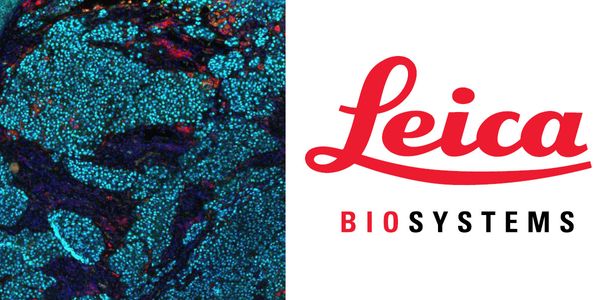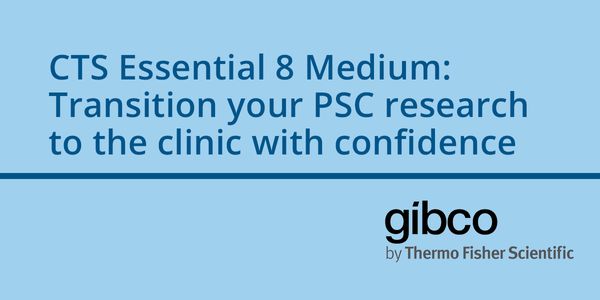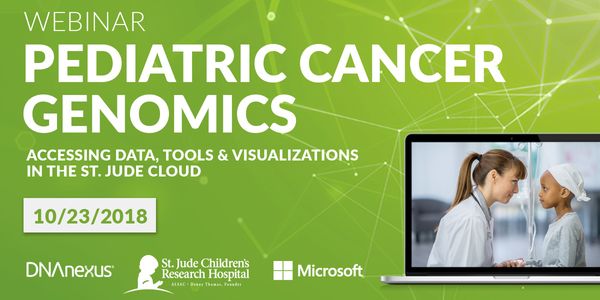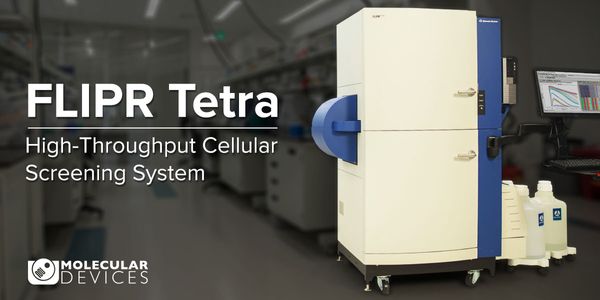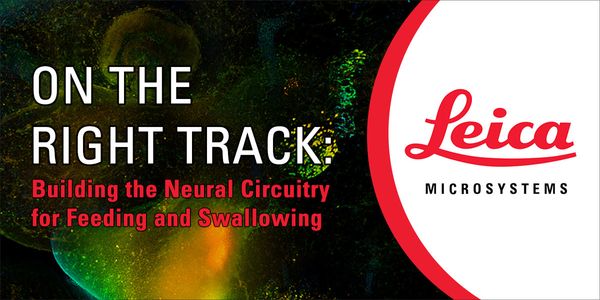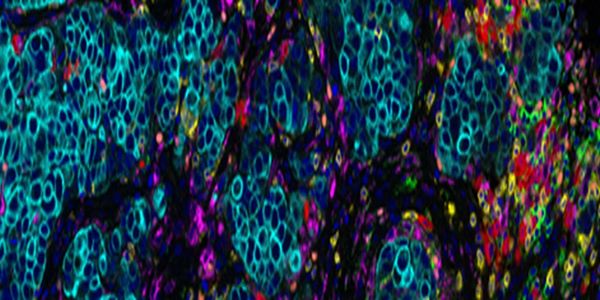Cell Line Development: Stable cell lines are widely used in a number of important applications including biologics (e.g. recombinant protein and monoclonal antibody) production, drug screening, and gene functional studies. The process of developing stable cell lines often starts with transfecting selected host cells, typically CHO or HEK 293 cells, with desired plasmids. After transfection, researchers then screen and quantify high-expressing clones. Once these high producers are identified, the cell lines and/or the proteins produced by the cells are validated. The manual screening methods traditionally used for cell line development are time-consuming and labor-intensive, creating a great demand for high-throughput, automated solutions for such efforts.
-
Ambrx’s mammalian expression platform (EuCODE™) enables non-native amino acids (nnAAs) through an expanded genetic code to both generate novel bio-therapeutics and to optimize the...
DATE: December 13 15,2018TIME: 09:00am PST, 12:00pm EST Breast cancers are classified into three main subtypes according to their receptor status: estrogen receptor-positive...
DATE: December 11, 2018TIME: 11:00 PSTThis webinar will focus on how Reichert's Surface Plasmon Resonance (SPR) systems can generate additional valuable information that is not...
Neuronal migration defects, including pachygyria, are among the most severe developmental brain defects in humans. Using human genetics approaches, we recently identified bi-allelic truncatin...
The complexity of the human brain, with thousands of neuronal types, permits the development of sophisticated behavioral repertoires, such as language, tool use, self-awareness, symbolic thou...
DATE: November 15, 2018TIME: 10:00am PT, 1:00pm ET Multiplex fluorescence immunohistochemistry offers a window into the biology of human disease, enabling the ana...
Development of physiologically relevant cellular models, with strong translatability to human pathophysiology, is critical for identification and validation of novel therapeutic targets. Cell...
In contrast to autologous cell therapies, allogeneic therapies do not require collection of starting material from patients and could; be manufactured in larger batches, be made available &ld...
Neuronal migration defects, including pachygyria, are among the most severe developmental brain defects in humans. Using human genetics approaches, we recently identified bi-allelic truncatin...
Biomedical researchers are increasingly using advanced human cell models for translational biology and therapeutic discovery studies. These include patient-specific samples, cultured micro-ti...
DATE: October 30, 2018TIME: 10:00am PT, 1:00pm ET Identification and quantification of post-translational modifications (PTM) presents a unique challenge to proteomic studies...
DATE: October 30, 2018TIME: 8:00am PDT, 11:00am EDT Does your PSC medium support cell therapy? In this webinar, learn about Cell Therapy Systems™ (CTS...
DATE: October 25, 2018TIME: 08:00am PDT, 11:00am EDT While the significance of the microbiome is unprecedented, a thorough study to dissect the role of individual popul...
DATE: October 23, 2018TIME: 10:00am PDT, 1:00pm EDT Next-generation genomic sequencing is transforming what is known about pediatric cancer and how we treat patients. But eve...
DATE: October 23, 2018TIME: 7:00AM PDTHigh Throughput Screening for the European Lead Factory (ELF) has been performed at Pivot Park Screening Centre (PPSC). 72 HTS campaigns have...
DATE: October 16, 2018TIME: 7:00m PDT, 10:00am EDT 22q11 Deletion Syndrome (22q11DS) is a genomic disorder caused by a microdeletion of chromosome 22 that occurs...
As the most common female malignancy, breast cancer is the most likely reason that a woman will die of cancer around the world. Breast cancer mortality has dropped in the U.S. by 35% since 19...
Lung cancer is the leading cause of cancer-related mortality worldwide. Large-scale sequencing studies have revealed the complex genomic landscape of NSCLC and genomic differences between lun...
Two projects looking at novel approaches to targeting inflammatory breast cancer will be presented. Inflammatory breast cancer (IBC) is a unique, understudied, and most lethal subtype account...
The oncogenic transcription factor c-MYC (MYC) is deregulated, and often overexpressed, in more than 50% of cancers. MYC deregulation is associated with poor prognosis and aggressive disease,...






